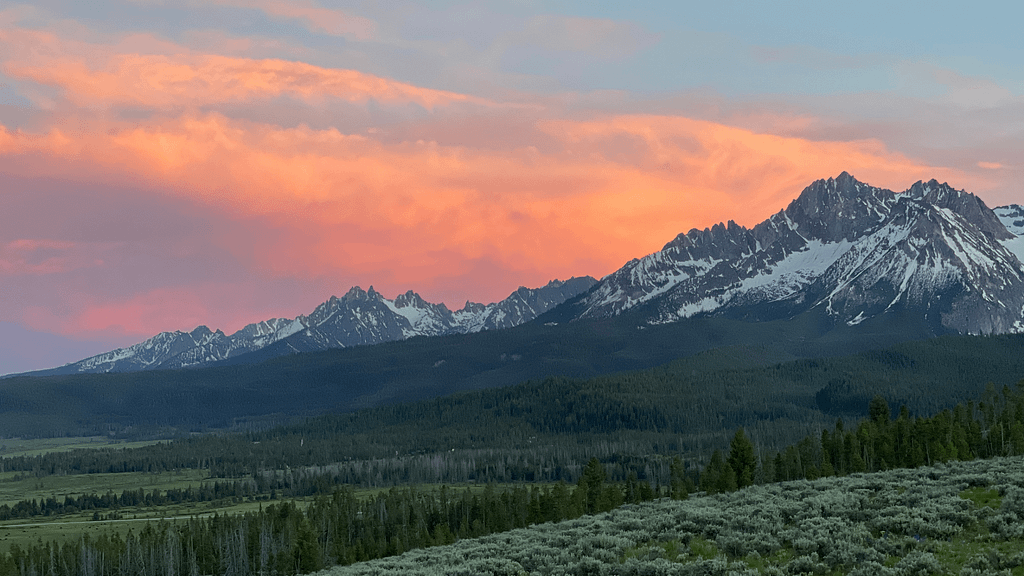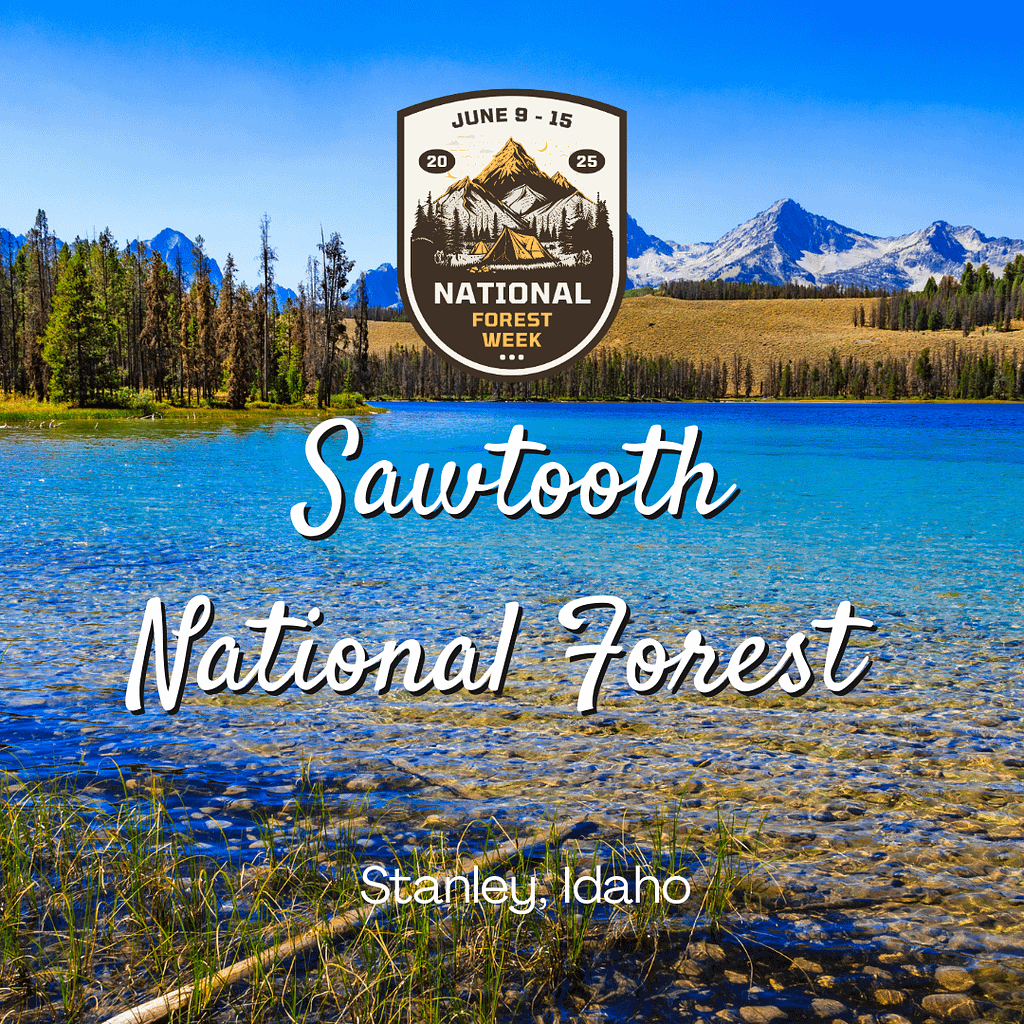
Sawtooth National Forest unfolds like a masterpiece of nature’s artistry in the heart of Idaho. This sprawling forest is a sanctuary of diverse ecosystems, towering peaks, and tranquil wilderness. Whether you are an outdoor enthusiast, a history buff, or simply someone who finds solace in nature’s embrace, the Sawtooth National Forest promises an experience that is both enriching and awe-inspiring. This blog post will guide you through the forest’s intriguing history, its rich biodiversity, and the vast array of recreational activities it has to offer.
Origin and History of the Forest
Sawtooth National Forest was officially established on May 29, 1905, and has since been a cornerstone of conservation and natural beauty. Its name is derived from the jagged peaks of the Sawtooth Range, resembling the teeth of a saw. The forest spans over 2.1 million acres, encompassing a variety of landscapes from lush valleys to rugged mountain ranges.
The history of the forest is intertwined with the lives of the Native American tribes, such as the Shoshone and Bannock peoples, who inhabited the region for thousands of years. These tribes relied on the forest’s resources for sustenance and spiritual practices, a tradition that continues to influence the cultural tapestry of the area.
In the early 20th century, the forest became a focal point for conservation efforts. The establishment of the Sawtooth Wilderness in 1972 marked a significant milestone in preserving its pristine environments. Today, Sawtooth National Forest stands as a testament to the balance between human activity and nature conservation.
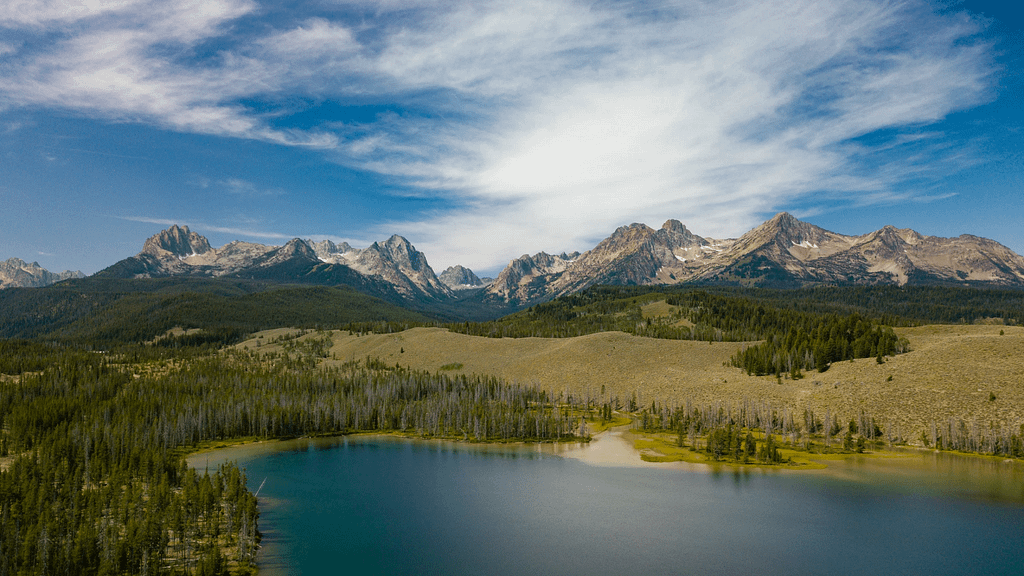
Types of Trees Within the Forest
Sawtooth National Forest is a botanical wonderland, home to a wide array of tree species. The forest’s diverse topography and climate create ideal conditions for various types of trees to flourish.
Douglas Fir: One of the most prevalent species in the forest, the Douglas Fir is known for its towering height and dense wood. These trees provide critical habitat for various species and are a vital component of the forest’s ecosystem.
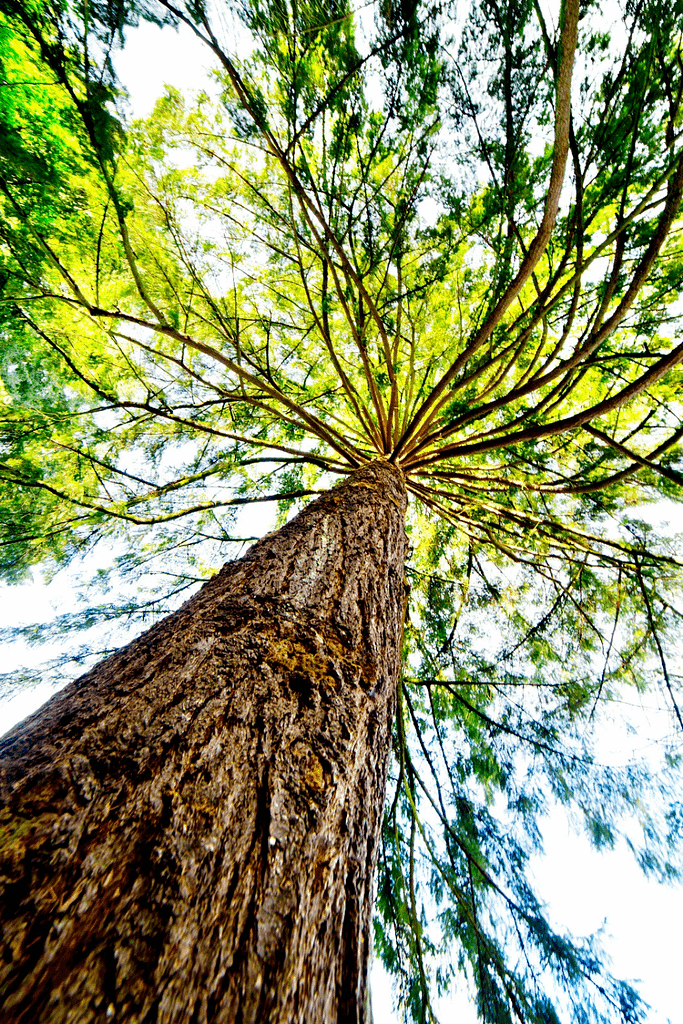
Ponderosa Pine: Recognized by its thick, scaly bark and long needles, the Ponderosa Pine is another dominant species. Its open canopy allows sunlight to nurture the forest floor below, supporting an array of understory plants.
Quaking Aspen: These deciduous trees are easily identified by their smooth, white bark and shimmering leaves. Aspens often grow in clonal colonies, connected by a shared root system, which contributes to their resilience.
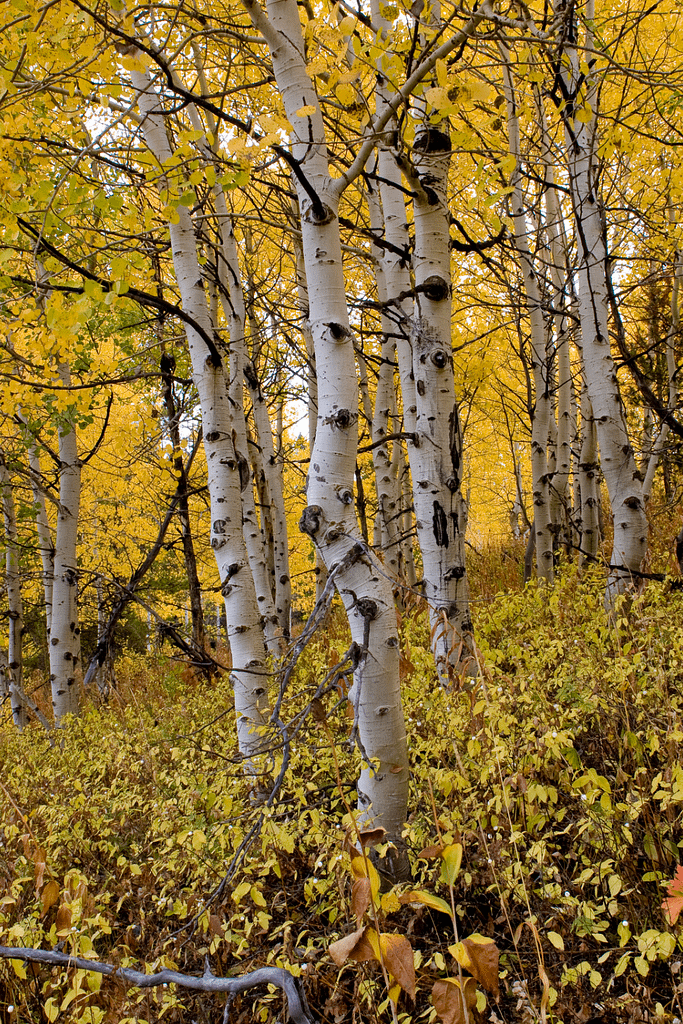
Lodgepole Pine: Known for its straight trunk and slender form, the Lodgepole Pine thrives in the forest’s higher elevations. This species plays a crucial role in forest regeneration, particularly after fires.
Wildlife Habitats in the Forest
The rich tapestry of Sawtooth National Forest’s landscapes supports an impressive array of wildlife habitats. From alpine meadows to dense woodlands, the forest is a haven for animal species both common and rare.
Big Game: The forest is home to large mammals such as elk, mule deer, and moose. These majestic creatures roam freely, often spotted by visitors exploring the forest’s trails.
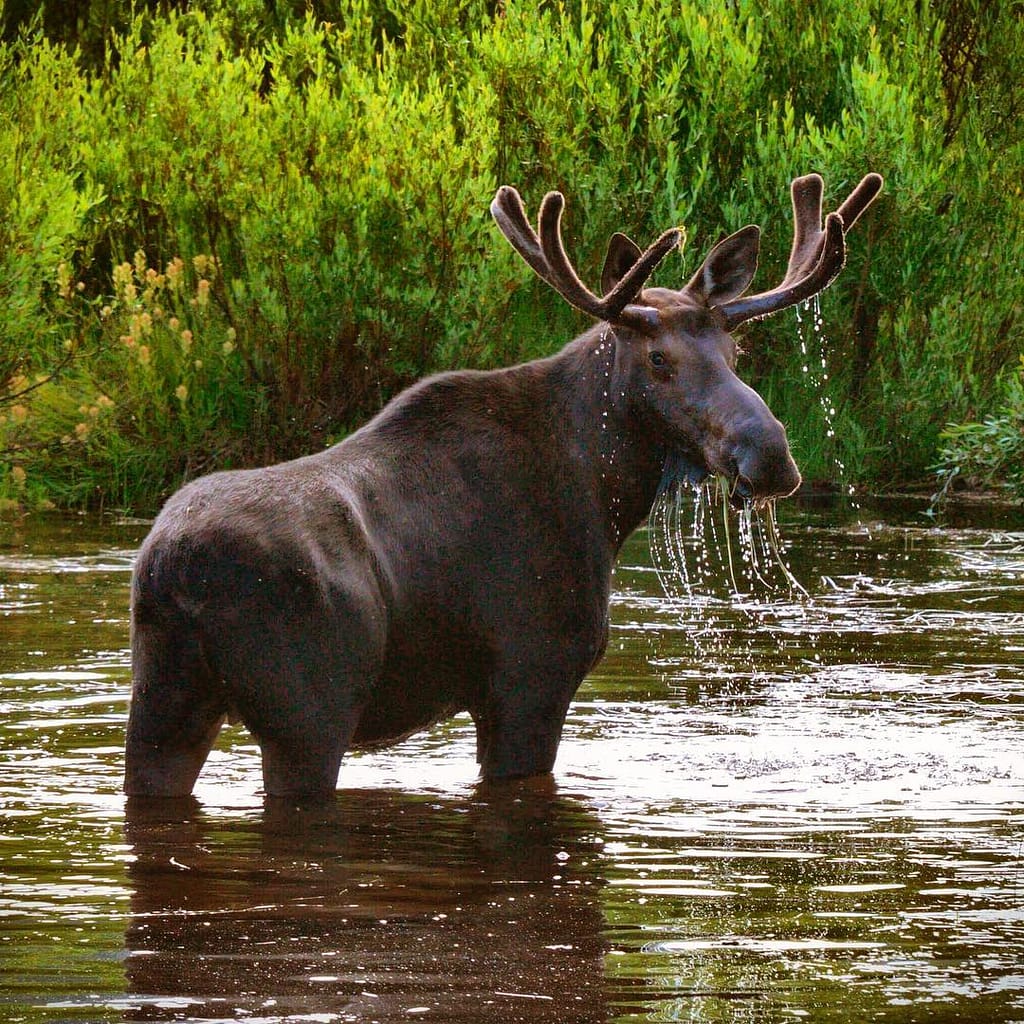
Predators: Predators such as black bears, mountain lions, and wolves play a vital role in maintaining the ecological balance. Their presence is a testament to the forest’s health and biodiversity.
Birds: Sawtooth National Forest is a birdwatcher’s paradise, with species ranging from the vibrant Western Tanager to the elusive Great Gray Owl. The varied habitats provide nesting and feeding grounds for over 300 bird species.
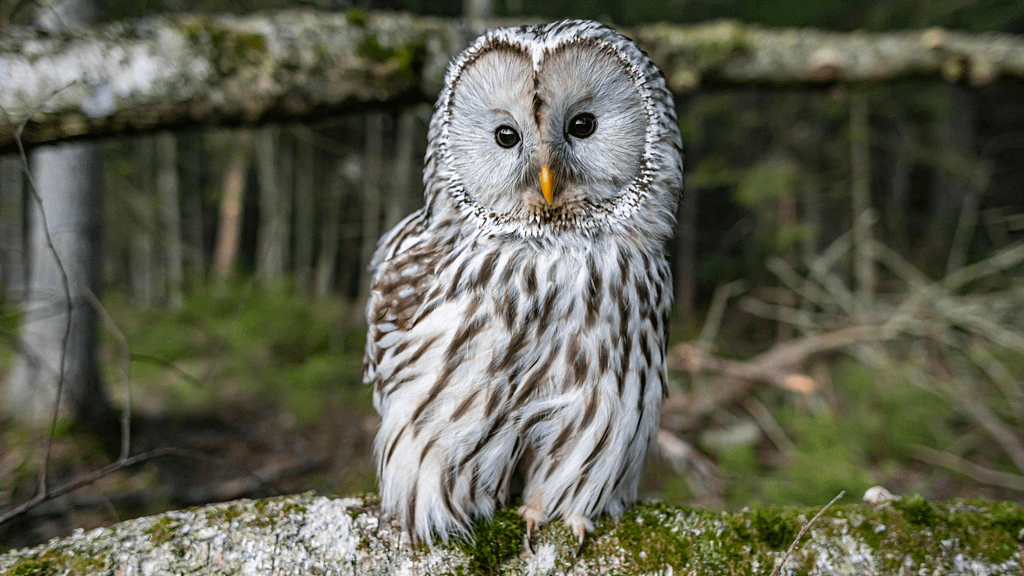
Amphibians and Reptiles: The forest’s streams and wetlands provide habitats for amphibians like the Columbia Spotted Frog, while dry, rocky areas are home to reptiles such as the Western Rattlesnake.
Wilderness Areas
Sawtooth National Forest is dotted with designated wilderness areas, each offering unique landscapes and opportunities for exploration.
Sawtooth Wilderness: Encompassing over 217,000 acres, this area is renowned for its dramatic peaks, pristine lakes, and expansive trails. It is a favorite among hikers and backpackers seeking solitude and natural beauty.

Cecil D. Andrus-White Clouds Wilderness: Named after Idaho’s former governor, this area features rugged terrain and is a sanctuary for rare species such as the wolverine and mountain goat.
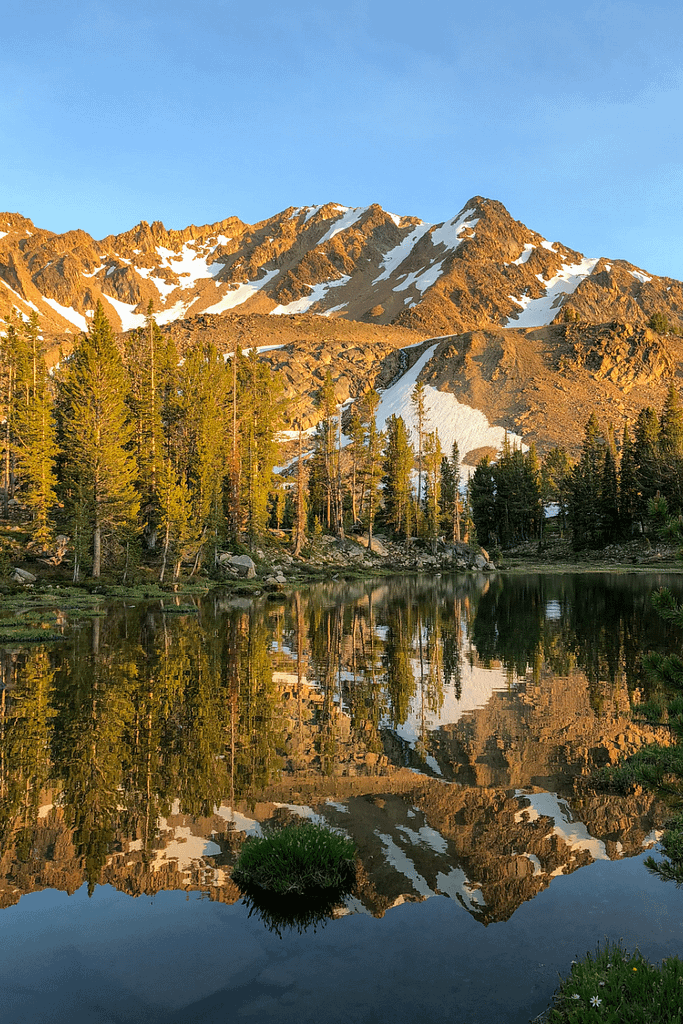

Hemingway-Boulders Wilderness: This area is characterized by its rugged, boulder-strewn landscapes. It is a haven for rock climbers and adventurers looking for a challenge.
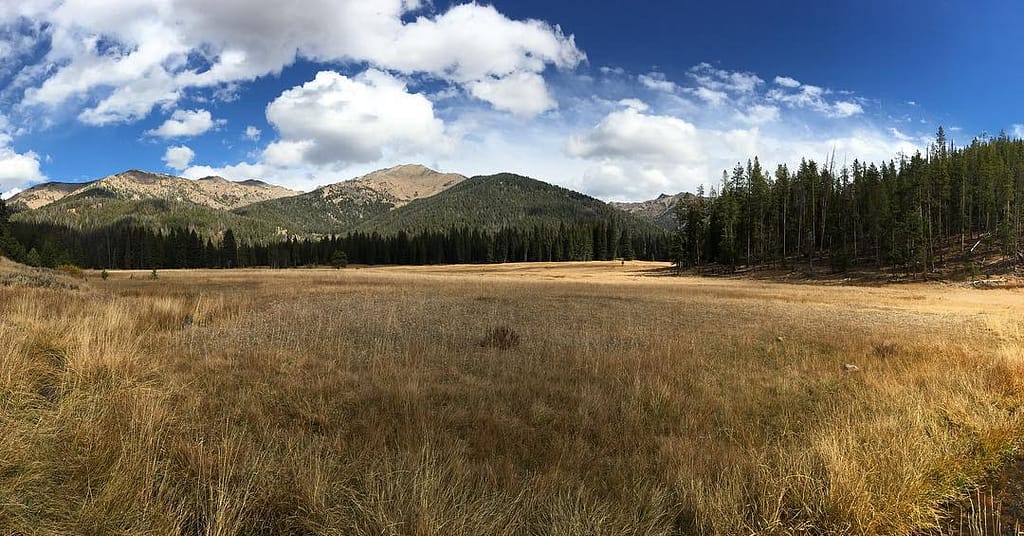
Outdoor Recreation Opportunities
Sawtooth National Forest is a playground for outdoor enthusiasts, offering a plethora of recreational activities throughout the year.
Hiking: With over 700 miles of trails, the forest caters to hikers of all skill levels. From leisurely walks in wildflower-strewn meadows to challenging ascents of jagged peaks, there is a trail for everyone.
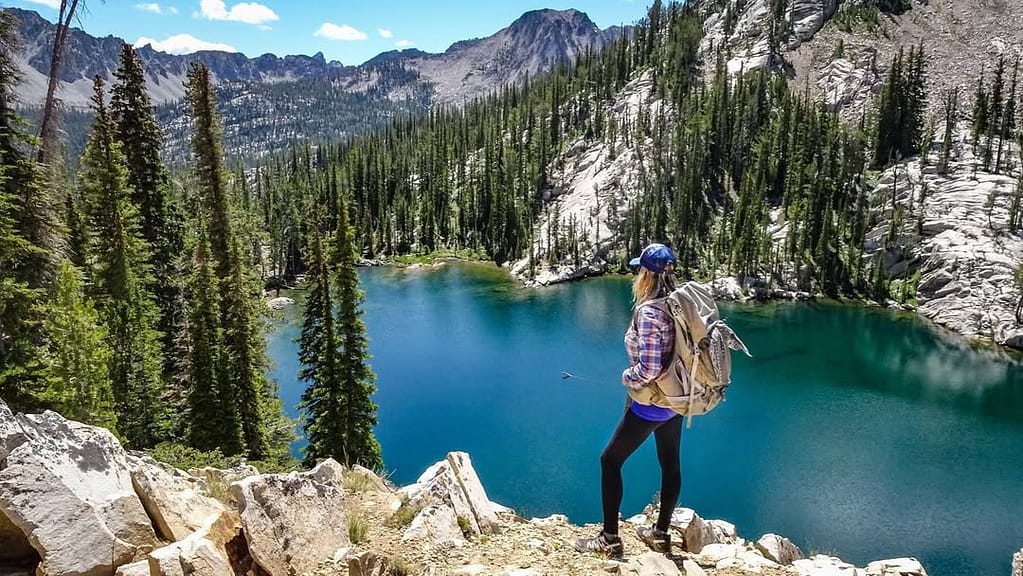
Fishing: The forest’s streams and lakes teem with fish, providing anglers with ample opportunities to catch trout, salmon, and other species. Fly fishing is particularly popular in the clear, cold waters.
Camping: Numerous campgrounds and backcountry sites offer a chance to immerse oneself in nature. Whether you prefer a developed site or a remote backcountry experience, the forest has options to suit all preferences.
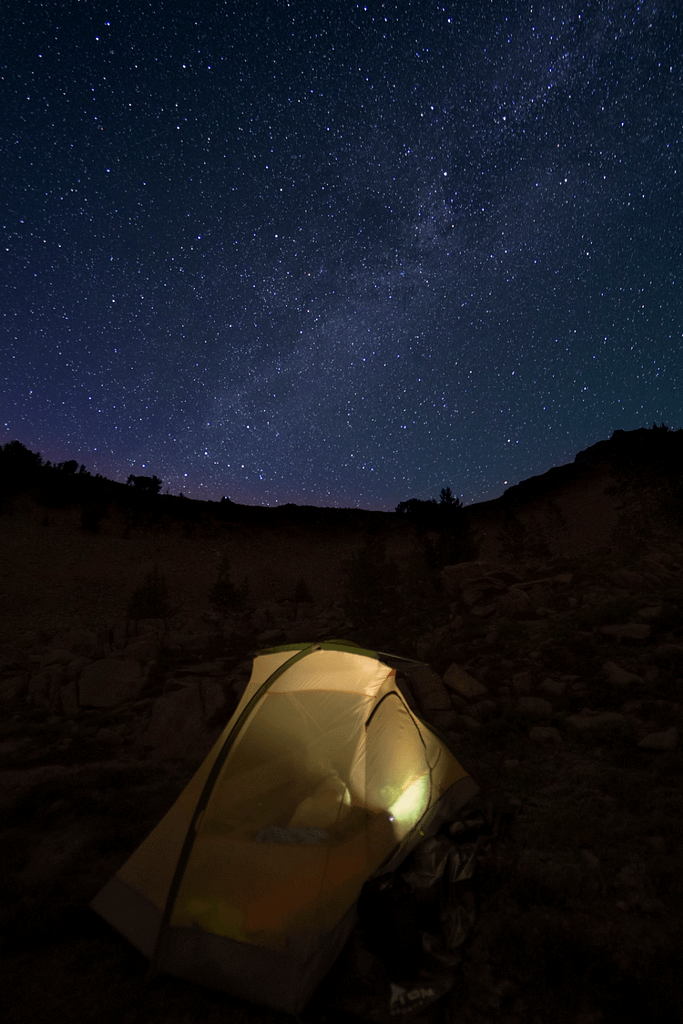
Winter Sports: During the colder months, the forest transforms into a winter wonderland. Skiing, snowshoeing, and snowmobiling are popular activities, offering a unique way to explore the snowy landscapes.
Rock Climbing: The diverse terrain offers challenges for rock climbers, from novice to expert. The City of Rocks and the Elephant’s Perch are particularly renowned climbing destinations.

Conclusion
Sawtooth National Forest is more than just a destination; it is a vital part of the surrounding communities. Its natural beauty attracts tourists, boosting the local economy and providing jobs in the tourism sector. Moreover, its preserved wilderness areas offer residents a place for recreation and reflection. The forest’s role in education, conservation, and community engagement ensures that it remains a cherished resource for generations to come.
Relevant Links
Official Website of Sawtooth National Forest: This site provides comprehensive information about the forest, including maps, trails, and visitor guidelines.
National Forest Foundation: Learn about conservation efforts and how you can support the preservation of America’s national forests.
Visit South Idaho – Sawtooth National Forest: Explore travel tips, local attractions, and more to plan your visit to the Sawtooth National Forest.
TripAdvisor: Plan a trip to the Sawtooth National Forest with a comprehensive list of places to visit and things to do in the southern portion of Idaho.
Photographer Credits
To the photographers who explore the rugged beauty of Sawtooth National Forest, thank you for sharing your journeys with us. Through your lens, we witness breathtaking peaks, quiet alpine lakes, and untamed wilderness. Your artistry inspires connection and adventure. Follow their incredible stories on Instagram to see the magic firsthand!
- Moose – Colin Wheeler
- Hiking – Catherine Gregory
- Rock Climbing – Jim Thornburg
- Hemingway – Boulders Wilderness – Torin Browning
